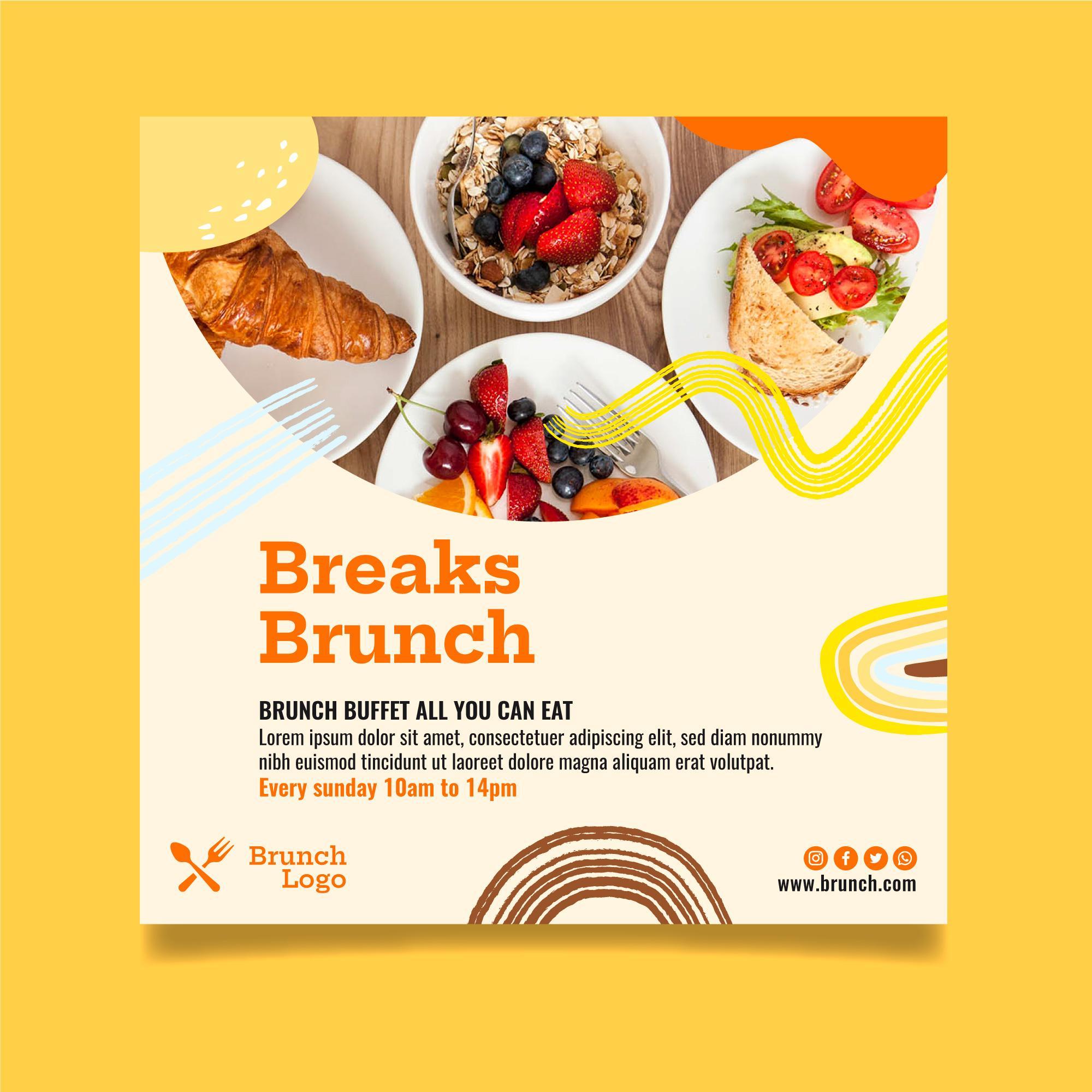The Dessert Paradox: Why We Crave Sugar Even When Full
The Science Behind Our Never-Ending Sweet Tooth
We’ve all been there: stuffed after a big meal, yet somehow still tempted by dessert. New research in mice reveals this isn’t just a lack of willpower—it’s hardwired in our brains. Scientists have discovered that the very neurons responsible for making us feel full also drive sugar cravings, potentially explaining why dessert always seems to find room in our stomachs.
The Culprit: A Double-Duty Brain Circuit
Meet the POMC Neurons
Located in the hypothalamus (the brain’s appetite control center), pro-opiomelanocortin (POMC) neurons have two key jobs:
- Signal satiety (“I’m full!”) after eating.
- Trigger opioid release, which fuels sugar cravings.
The Sugar-Seeking Pathway
Using fluorescent brain mapping in mice, researchers traced how POMC neurons communicate with the paraventricular thalamus (PVT)—a region linked to feeding behavior.
Key Findings:
✔ When mice ate regular food, neural activity was steady.
✔ When offered sugary “dessert”, activity quadrupled—even before the first bite.
✔ Blocking this pathway reduced sugar intake by 40% (via optogenetics).
“These ‘fullness’ neurons paradoxically drive sugar cravings when we’re already satiated.”
— Dr. Henning Fenselau, Max Planck Institute

Why Did Evolution Wire Us This Way?
Scientists propose two theories:
1. The Energy Boost Hypothesis
Sugar converts to fuel faster than fats/proteins. Post-meal sweets may act like a metabolic “top-up.”
2. The Survival Advantage
Our ancestors benefited from extra calories when available. Modern abundance turns this adaptation into overconsumption.
Implications: From Obesity Treatments to Everyday Life
Medical Potential
- New anti-craving drugs could target this pathway.
- Better understanding of binge-eating disorders.
Practical Takeaways
- Sugar cravings post-meal are biological, not just weak willpower.
- Protein/fiber-rich desserts may satisfy cravings without spiking blood sugar.
Limitations & Future Research
- Human brains are more complex (social, emotional, and cultural factors influence eating).
- Other neural pathways may override this mechanism.
“This is one piece of a giant puzzle.”
— Fenselau
Test Your Knowledge
❓ Why might blocking POMC-PVT signals reduce sugar intake?
💡 Answer: It disrupts the opioid-driven craving response.

